Finding A Doorway into Bliss: Lorin Roche on Discovering Meditation, His Life’s Work, and The Radiance Sutras
Long before he was an influential scholar and teacher, Lorin Roche was a carefree surfer and student. While in school at the University of California at Irvine, Roche signed up to be a subject in a social sciences experiment that involved regularly sitting alone for hours in the dark. There, he discovered a newfound “wonder and delight. It was as if my entire previous life had taken place in a mild sleep state, and now I was fully alert.”
Thus began a lifelong quest to conjure that bliss and share it with others, too. As part of this work, Roche spent 27 years interpreting an ancient Sanskrit text, the Vijnana Bhairava Tantra—efforts that culminated in the publication of The Radiance Sutras, a popular book reminding seekers that ecstasy comes in many forms.
“There are many types of people in the world,” says Roche, “and some of them have different doorways into meditation. Some people are only comfortable meditating outdoors, with their eyes open. Others need to dance first, to get their yah yahs out, and then, when the music and movement have created a sweet hum in the body, they can sit down or lie down and do body sensing with the afterglow of the music and dance.”
Lorin Roche will be speaking in conversation with iRest founder Richard Miller in our next free community Sangha Session this Tuesday, August 25th, at 4 p.m PST USA. We invite you to join us for the livestreaming conversation here.
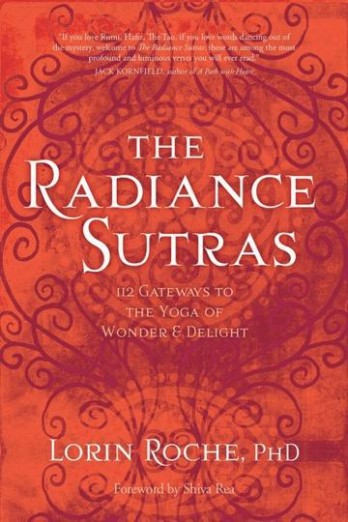
When you describe your discovery of meditation, it almost sounds like you fell into it by accident. Would you like to share how that happened?
It was total luck. And I just fell in. Right now, my hair stands on end a little to think about it.
In 1968, I was an overly serious and anxious freshman at the University of California at Irvine. Working my way through school. I mowed the greens at the nearby golf course every day before dawn. The department I was in, Social Sciences, had a requirement that you had to participate in lab experiments every quarter. This was partly because the researchers needed guinea pigs for their experiments, and partly because they wanted students to get out into the field and do things related to their studies. The attitude at UCI Social Sciences was, Hey, if you think you might want to be a psychologist, why don’t you go volunteer to help out at a community clinic? Go make yourself useful, don’t just read books.
One afternoon when I was in class, a graduate student with a clipboard came in to sign people up for a brain-wave biofeedback study. I needed to get my lab time for the quarter, so signed on. Learning to control your brain waves by looking at flashing lights sounded interesting. Also, they paid more than I was making mowing the greens at a nearby golf course.
By what turned out to be incredible luck, by the flip of a coin, I was selected to be a control subject in the study.
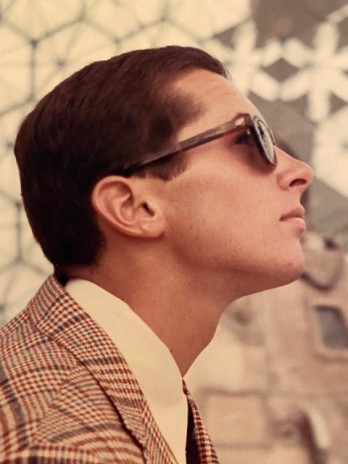
I received no instructions whatsoever.They just wired me up, with electroencephalogram (EEG) wires stuck all over my head and then left in total darkness in a soundproofed room in the physiology lab. I remember the first day in the lab, when the research assistant stuck the EEG conductive paste all over my skull, attached the wires and on the way out the door said, “I’ll be back in a couple of hours. Try to not move much, it’ll rip the wires off.”
At the time, I had never heard of meditation. I had no preconceptions at all. Not knowing what else to do, I simply paid attention to the darkness and silence. Gradually my senses opened up and I seemed to be waking up in some new way. The sense of who I am melted into the darkness. There was a sense of relief as I merged with blackness and infinity and entered a world of spacious peace. I had the feeling of being able to breathe freely, perhaps more than ever in my life except while surfing. And I had never in my life felt so peaceful. There were so many perceptions to notice because I was wide awake inside and had no thoughts at all. Space itself seemed to be made out of harmony.
Then the research assistant came back and took the wires off. When I walked out of the lab into the sunny California afternoon, I felt refreshed and wonderful. I just felt like myself—more relaxed than I had ever been, even after a day of surfing. I had spent most of my life surfing, and was actually gestated on a surfboard—both my mother and father were avid surfers in the 1940s and 1950s. In Southern California, the ocean is cold most of the year, so I had adapted to going in and out of freezing water, which is stunning and refreshing. The state I was in now, after the hours in the lab, was like that but much more intense.
I felt awake. And in wonder and delight. It was as if my entire previous life had taken place in a mild sleep state, and now I was fully alert. It was as if I had never seen the world before, and everything alive seemed to glow, especially the trees. I began to appreciate every detail of light, every touch of air, every sound, with extraordinary clarity. Light itself seemed soluble, an elixir I was drinking in through my eyes and the pores of my skin.
The perceptions seemed natural—this is the way the world has always been—but I had been too oblivious to notice. I was very much in my body, aware of the current of life flowing through me, and at the same time I could feel an extended sense of touch reaching out in all directions. I was in love with existence. I did not feel enlightened at all, or superior to anyone, or more awake than anyone. The opposite—and this was somehow characteristic of my state—I had the feeling that everyone else already knew, and I was the one who was late to the party.
For weeks I went to the lab each afternoon, spending hours in the darkness. Whatever this feeling was permeated the cells of my body more and more. I got used to living in this free and open state in which I just breezed through tasks that previously had been chores. I noticed that even taking calculus tests was easy; my mind was lucid, and I could remember a formula that I had glanced at the night before, then derive its applications right there during the test.
The heightened sensing and superb functioning lasted for a month or so after the experiment was over. It was a continuous, self-maintaining state. Then after four or five weeks, I told a friend, “Whatever this is, it’s slowly fading away.” I got desperate and went to the library and read through all kinds of spiritual books and yoga books and started playing with techniques.
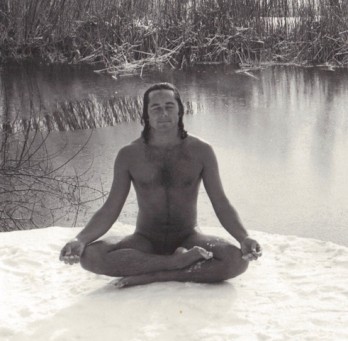
The Radiance Sutras are a translation and interpretation of the Vijnana Bhairava Tantra, an ancient sacred Sanskrit text. What is this text, and why did you choose to share it more widely? What did you do to make it approachable for modern readers?
Another blessing of luck. I was mad on the search. Nothing I was reading was really clicking. Too dry. The physiology lab seemed like an interesting place, and I needed a job, so I started to work there.
Then there was another remarkable flash of luck. At a meeting of people who worked at the lab, a female graduate student read from the Vijnana Bhairava Tantra, reciting just a few lines of the conversation between Shakti and Shiva. She was reading from a paperback book that had an appendix in the back containing the first translation into English of the Vijnana Bhairava Tantra, by Swami Lakshmanjoo and Paul Reps.
Radiant one, this experience
may dawn between two breaths.
After breath comes in
and just before flowing out
—the beneficence.
As the breath turns from down to up,
and again as breath curves from up to down
—through both these turns,
realize.
When she spoke this, a flashbulb went off in my head. I knew that whoever composed that had experienced what happened to me in the lab. After the meeting was over, I asked her about it. She handed me the book, a paperback copy of Zen Flesh, Zen Bones by Paul Reps. I immediately jumped in my Volkswagen Bug and zoomed over to the nearest bookstore to buy a copy. It became my map, my dance partner, my love, and it still is.
The text is a very concise little encyclopedia of meditative experience and technique. It’s only 162 sentences, about 40 minutes of chanting. I did a word-for-word analysis of the Sanskrit, noting where the imagery and metaphors in the word meanings point to embodied experience. Sanskrit is intrinsically poetic. It is intentionally multi-sensory and multi-evocative. I call The Radiance Sutras a version of the text rather than a translation.
Over a period of 27 years I got up most mornings around 4 in the morning, which is a really sweet time for chanting Sanskrit if you can manage to be rested. I would walk around in the pre-dawn silence, humming the text one verse at a time, for it is very delicious Sanskrit. I would let the Sanskrit enchant me and teach me about itself, and meanwhile I would have all 8 or 10 meanings of each word of the verse written out on big cards on the floor, in clusters. Each verse has about 8 words usually. So the verse (the Sutra) is now a mandala of meanings spread out. I would keep chanting, keep looking at the semantic field of the verse, and read everything Swami Lakshmanjoo said about the practice. Then I would do 10 or 20 different translations of the verse and print them out and put them on the floor.
Then [my partner] Camille would come in later in the day and start to dance with what I had written. She would tell me which ways of putting the Sanskrit into English conveyed some Shakti, and which fell flat, were dry and academic. Sometimes groups of women dancers and male musicians would chant or sing the different versions of each verse and let me know which ones vibrate in their bodies. Lots of wonderful people helped, for years.
In essence, what is in The Radiance Sutras are the sentence in English that to Camille and the other yogis feel like embodiment mantras. I am still delighted by the text and learn new things from it almost every day. I also really enjoy hearing other people read it. I prefer the way Richard reads the text over the way I read it!
You have talked previously about how meditation practice, like physical training or exercise, should include rest. iRest practitioners typically appreciate this insight. Can you talk about why it’s important, and how we might better integrate downtime into our meditation training?
Rest and downtime are not appreciated enough. The body and brain do a great deal of healing and repair when we are resting. The lessons of the day are assimilated and put into muscle memory, instead of cluttering your head.
Physiologically, meditation is a deeper state of rest than deep sleep, and this—if you learn the skills of meditating in an effortless way, and if you construct a practice you feel safe to let go into.
Once you have some skills in meditation, naps take on a different character. They become sort of divine.
How might leaders in the wellness field make meditation teachings more accessible to a wider population of people?
There are many types of people in the world and some of them have different doorways into meditation. We need to learn more about this. Some people are only comfortable meditating outdoors, with their eyes open. Others need to dance first, to get their yah yahs out, and then, when the music and movement have created a sweet hum in the body, they can sit down or lie down and do body sensing with the afterglow of the music and dance. Some people are better off watching comedy first, and laughing deep belly laughs and then meditating. Some people need to cry and cry and then after the floodgates open, the path to meditation opens.
Some people need to learn three minutes at a time, doing very short practices, otherwise they will build up bad habits that prevent them from going deep. Others are good to go, just give them a hint and off they go on their exploration.
We need much more research on what people are actually experiencing when they set out to meditate. We need more detailed descriptions of how they interpret the instructions, what they think their technique is. When you listen to random meditators out there what you hear is that people’s negative inner voices, their inner critic, has co-opted Vipassana or Mindfulness and is using that language. People are beating themselves up a lot. Judging themselves for having monkey minds.
The data is that about 35 million people are experimenting with meditation just in the United States. We need to find out why they quit, how do they start again, what is happening. The other day I was teaching in a hospital, and three nurses in the group all said the same thing: “I tried to meditate but I couldn’t do it. I couldn’t stop my thinking.”
The times are changing. Do you have any insight to help folks—both trained meditators and newbies alike—who might be having trouble navigating very real issues such as unemployment, illness, and racism?
Human beings are built to adapt to crisis. We need it to function at our best. The current set of multiple crises is not in the same league as that which our grandparents and great grandparents dealt with. We can handle this.
One thing that is needed is for meditators to welcome crisis and challenge into their practice and realize this makes them stronger. Facing a local and world crisis, even an impossible situation, is like lifting weights or working out. Your workout challenges the body. This causes microscopic damage to your tissues. You can feel the fatigue and stress. Then when you rest, your body rebuilds itself stronger.
This is the basic principle of training and getting in shape. It is universally known in terms of the physical body. It is also true of our mental body, we could say. Or we can call it our resilience. Our skills at adaptation.
Who have been some of your greatest teachers, and why?
My first teacher was the transmission I received from Swami Lakshmanjoo, from Kashmir, an initiate in this tradition the Vijnana Bhairava Tantra comes from. Paul Reps, who worked with Lakshmanjoo on the translation, was part of that. Then, by another miracle, I met several people who had just come from being with him, and they taught me to meditate.
Another teacher was Edward T. Hall, the anthropologist who authored The Silent Language and The Dance of Life. Hall had discovered in his own way what I call mudra, the wisdom of spontaneous gesture, and he taught me how to see the fleeting dance of facial expression and hand gestures as deep communication.
Abraham Maslow was another teacher, and one of his themes was to study healthy people—see how they do it! See if you can model it. This set me off on decades of interviewing, in which I sought out meditators who are thriving in their practice while living busy lives.
Joseph Campbell taught me to observe the narrative structure of everyday life, how our personal stories and even dreams follow classic patterns of adventure stories.
Ida Rolf taught me about gravity and being in the body, and her work helped me stay healthy while in very intense meditation teacher training.
Fritz Perls, the founder of Gestalt Therapy, taught me about how healthy the instincts are.
Jim Fadiman taught me a lightness of spirit.
George Leonard taught me his innovative form of Aikido, an evolved martial art in which there are no enemies, only dancers.
I just remembered that maybe a year before that experience in the lab, there was a moment when I looked at the clock on the wall and said to life:
I will go ANYwhere
I will do ANYthing
I will submit to ANY ordeal that is necessary,
just get me the hell out of here.
I guess life heard me!
I will die and be reborn
I will face any monster
Learn more about the teachings of Lorin Roche and find a copy of The Radiance Sutras>
Sign up for the iRest Sangha Session with Lorin Roche and Richard Miller>



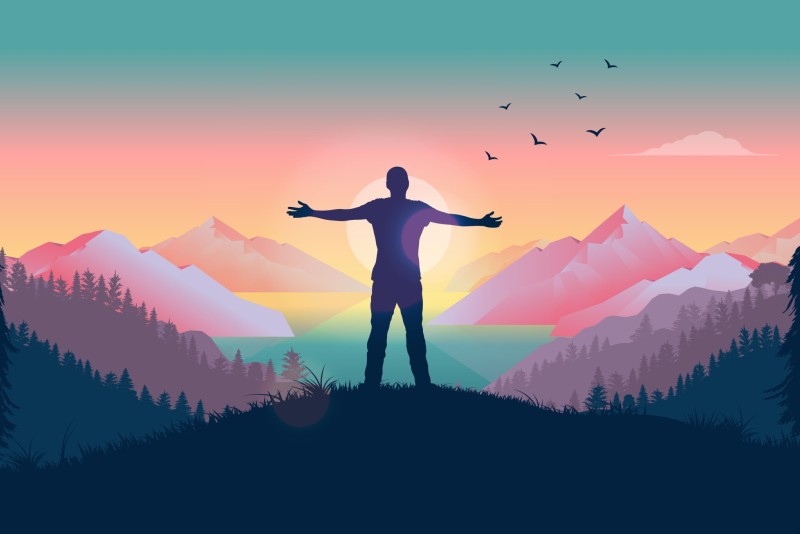
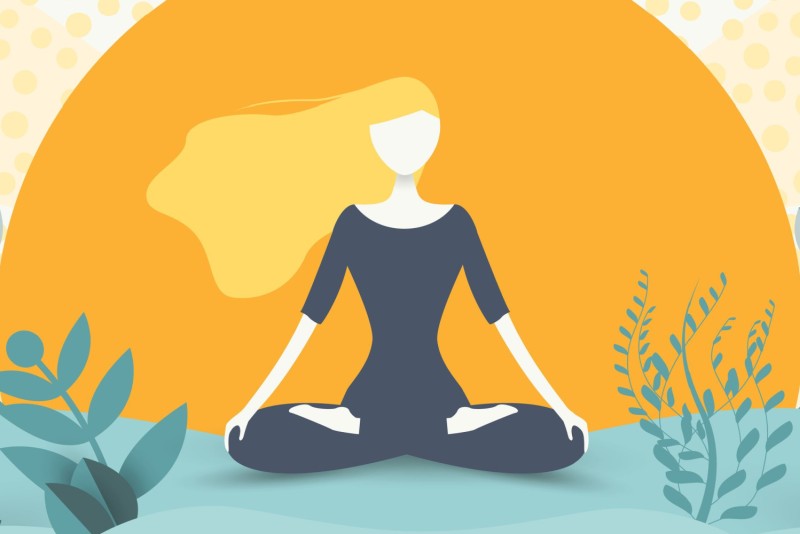
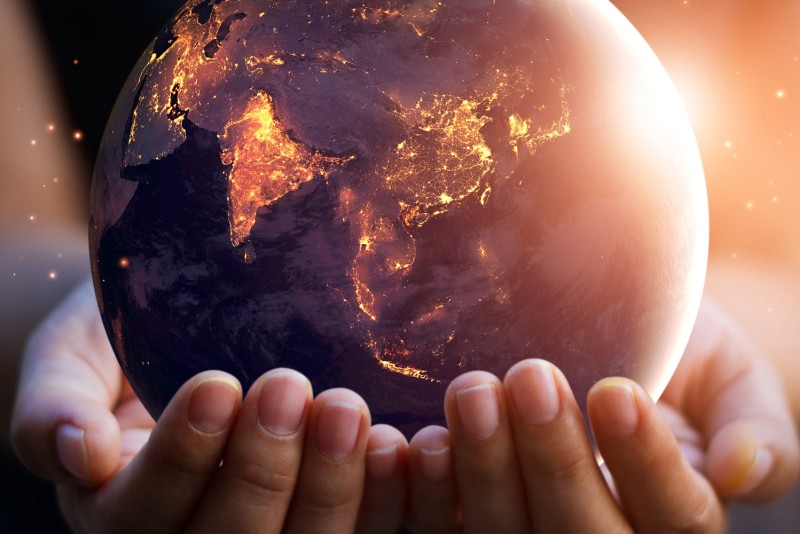
Join the conversation
We would love to hear what you have to say. Log in or Register to post comments.